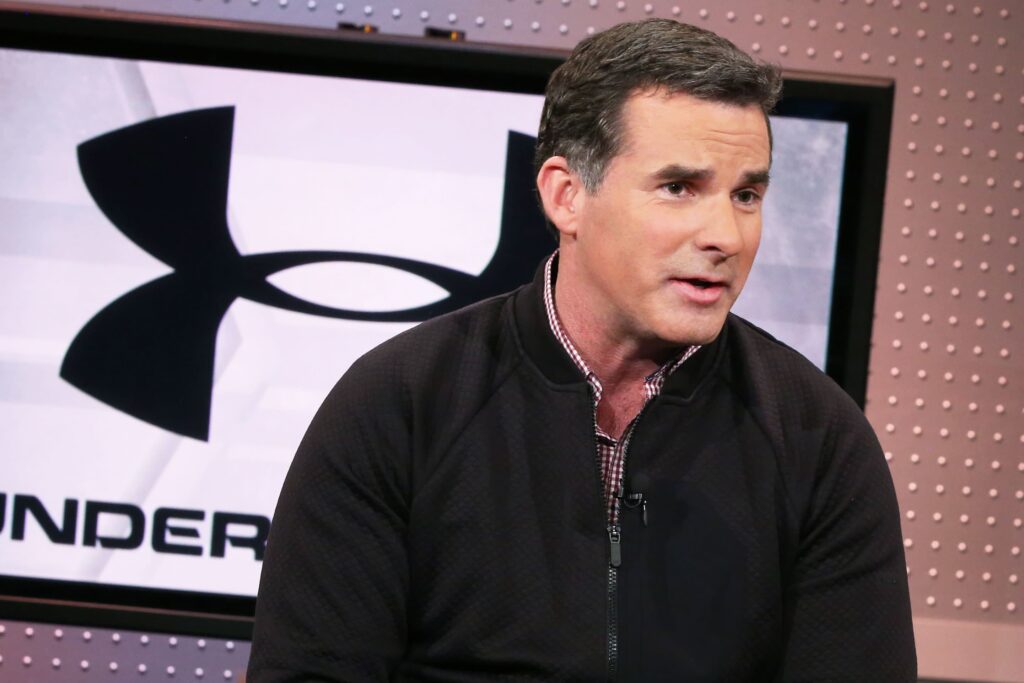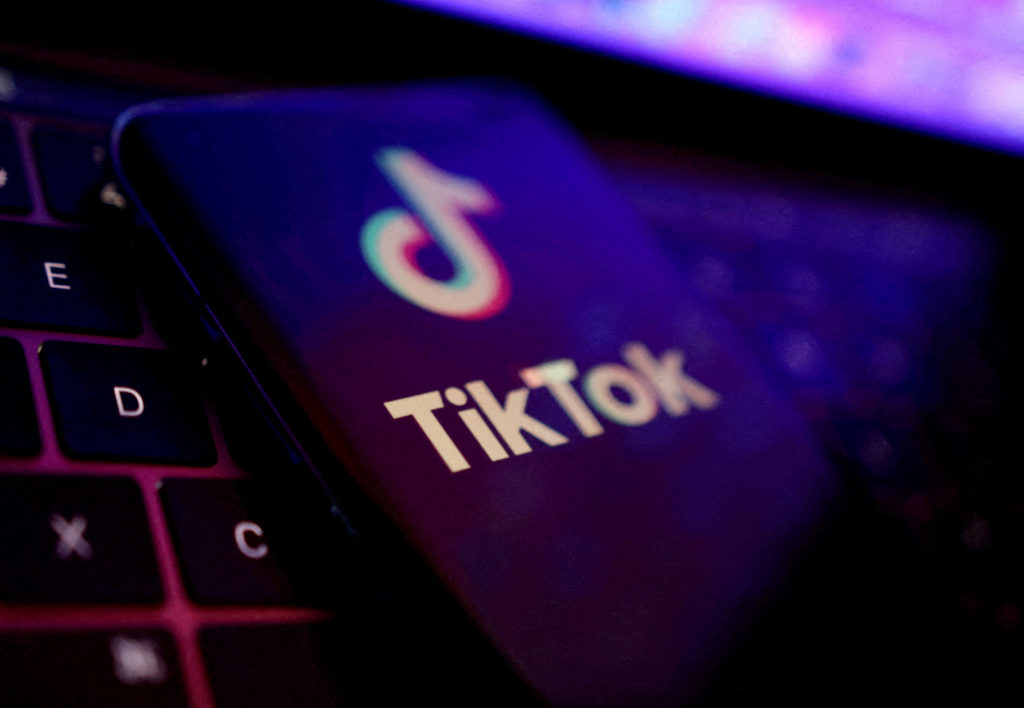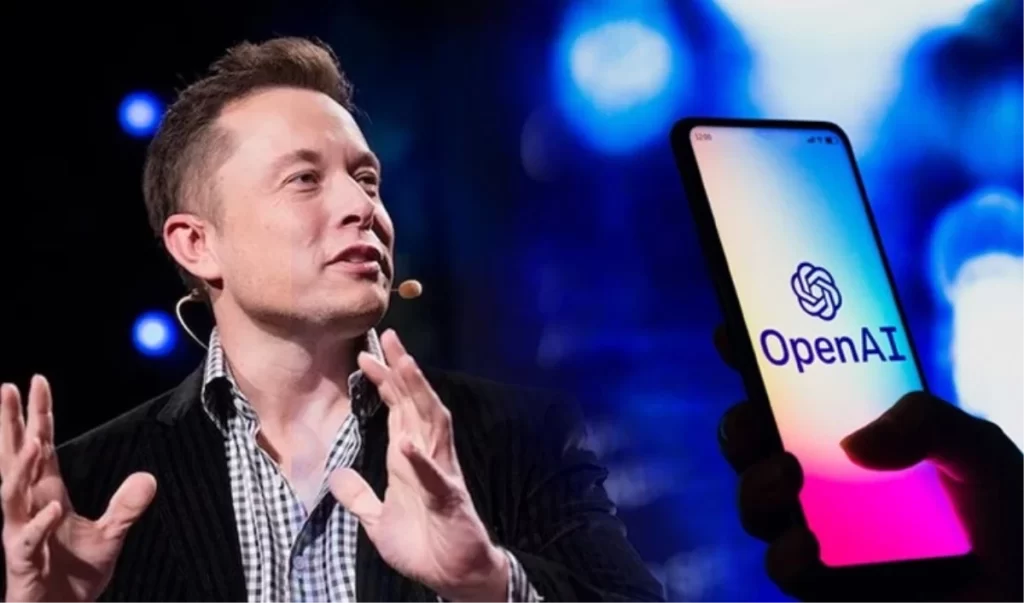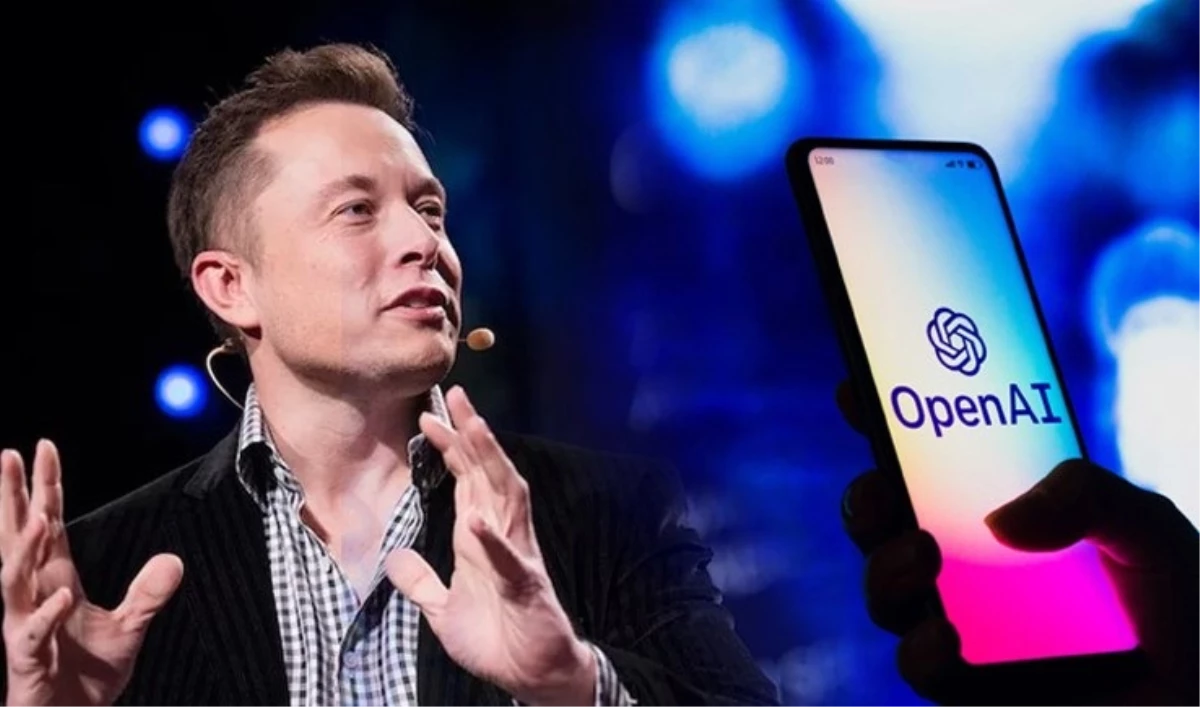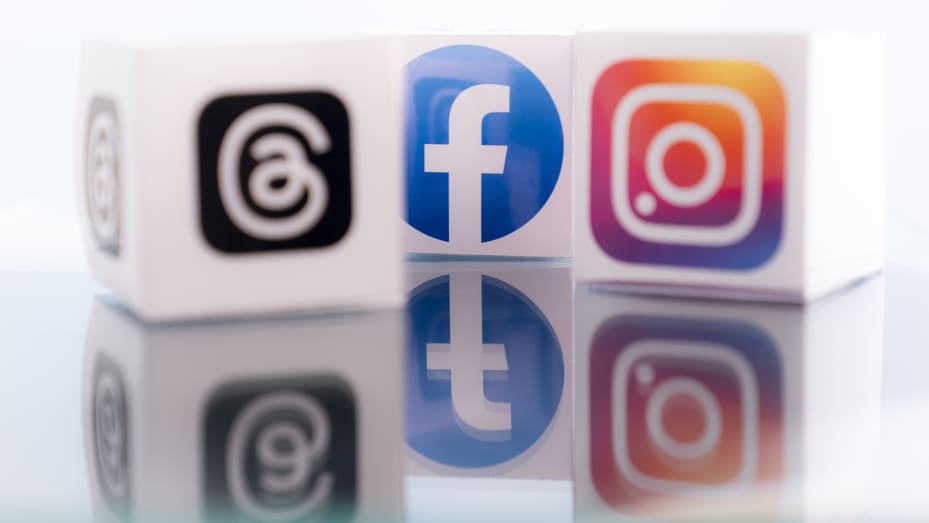Kevin Plank Reclaims CEO Position at Under Armour in Strategic Return
Kevin Plank, the visionary founder of Under Armour, is set to reclaim the helm as CEO of the sportswear giant. This move marks a significant return to leadership for Plank, who originally stepped down from his CEO role in 2019, transitioning to the position of Executive Chairman and Brand Chief. The announcement has sparked interest across the business world, with stakeholders keen to see how Plank’s return will influence the direction and innovation of Under Armour.
Kevin Plank's Bold Comeback to Under Armour
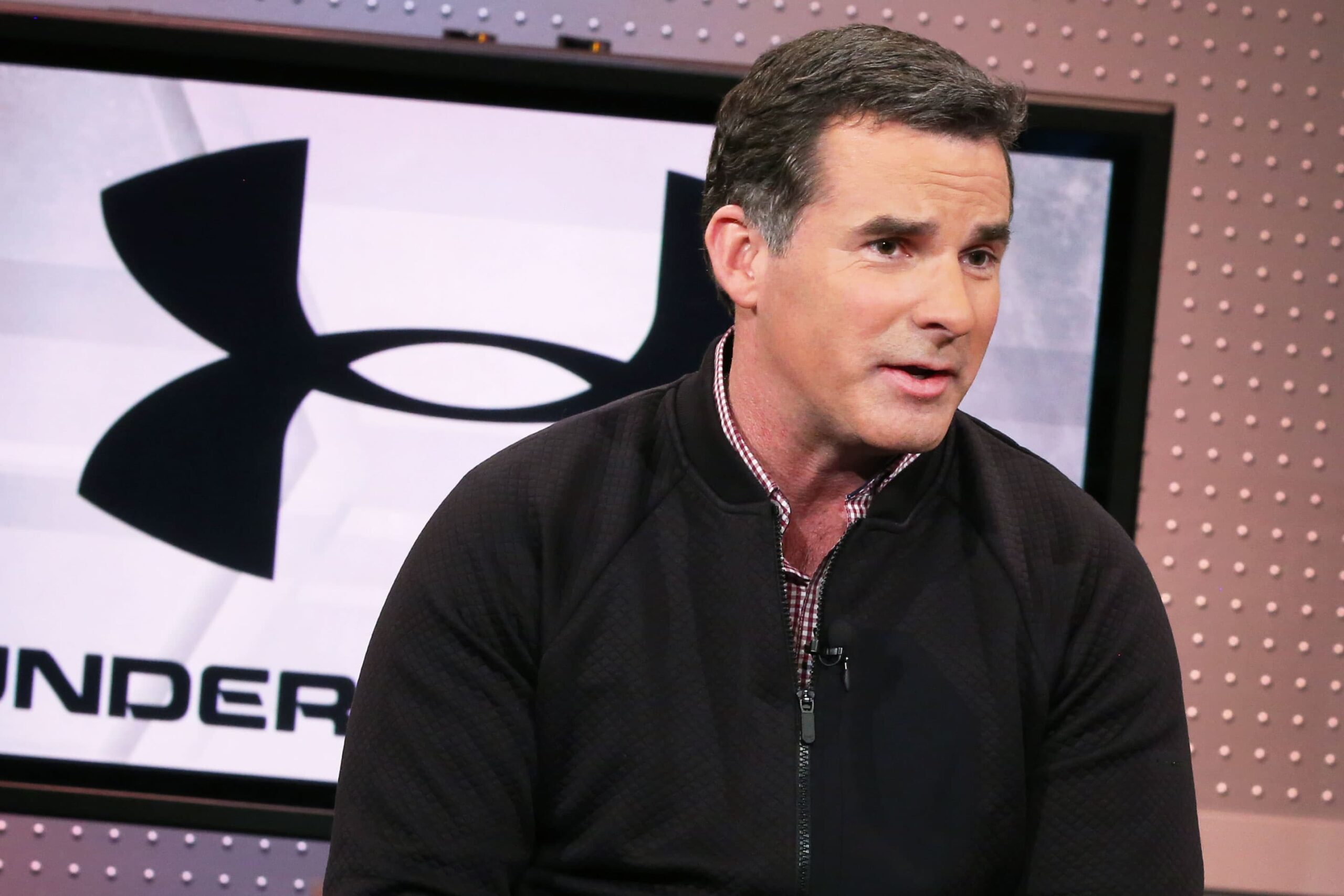
Image Source: cnbc.com
Under Armour announced that its founder, Kevin Plank, will be returning as CEO, a decision that has sent waves of anticipation through the industry. Plank, who started the company in 1996 from his grandmother’s basement, transformed Under Armour into a global sportswear powerhouse. His return is seen as a strategic move to steer the company through its next phase of growth and innovation.
The Journey of Under Armour Under Plank
Kevin Plank’s original tenure as CEO of Under Armour was characterized by rapid growth and aggressive expansion. The company saw a meteoric rise, challenging established sportswear brands and introducing innovative products that resonated with athletes and consumers alike. Plank’s leadership was instrumental in establishing Under Armour’s reputation as a major player in the sportswear market.
Strategic Shifts and Challenges
Since stepping down as CEO, Plank has remained deeply involved in Under Armour’s strategic direction. The company has faced its share of challenges, including increased competition, market shifts, and the need for digital transformation. Under Plank’s guidance, Under Armour has begun addressing these challenges, focusing on innovation, brand strength, and consumer engagement.
Plank's Vision for the Future
With Kevin Plank’s return as CEO, there is renewed focus on innovation, product development, and market expansion. Plank has emphasized the importance of staying true to Under Armour’s core values while also pushing the boundaries of what the brand can achieve. His vision for the future includes leveraging technology and data to enhance product offerings and customer experience.
The Impact on Under Armour's Market Position
Industry analysts are closely watching the impact of Plank’s return on Under Armour’s market position and financial performance. There is optimism that Plank’s leadership and entrepreneurial spirit will invigorate the company’s strategies for growth and competitiveness. The move is seen as a positive step towards reinforcing Under Armour’s position in the global sportswear market.
Conclusion
Kevin Plank’s return as CEO of Under Armour marks the beginning of a new chapter for the company. With Plank at the helm, there is anticipation for a renewed focus on innovation, growth, and strategic initiatives that will drive Under Armour forward. As the sportswear industry continues to evolve, Under Armour, under Plank’s leadership, is poised to make significant strides in shaping the future of athletic wear.
